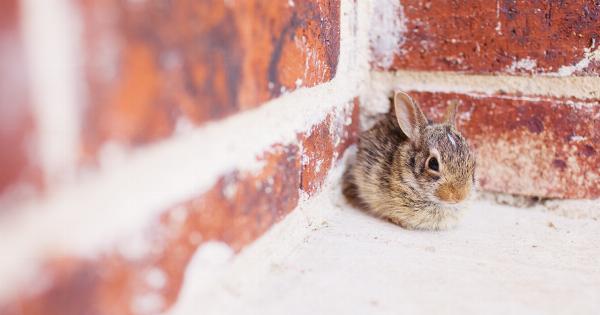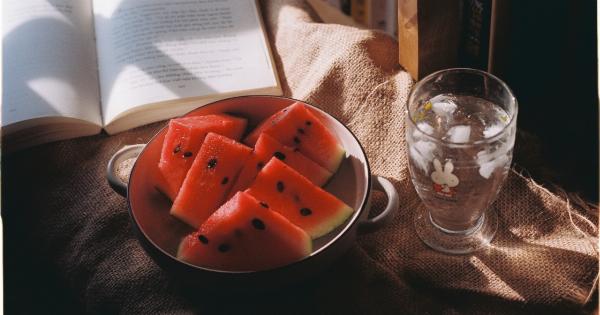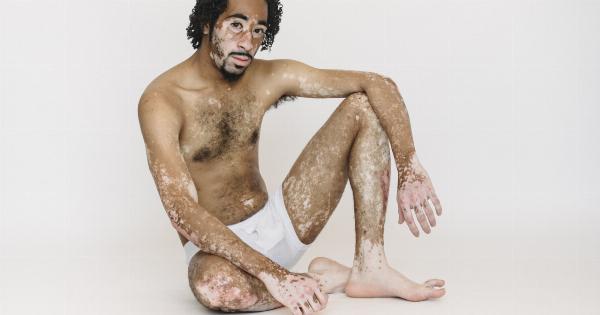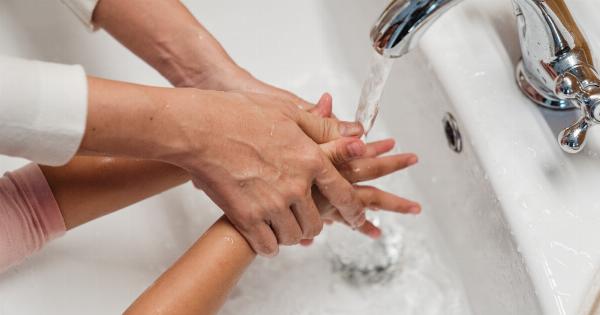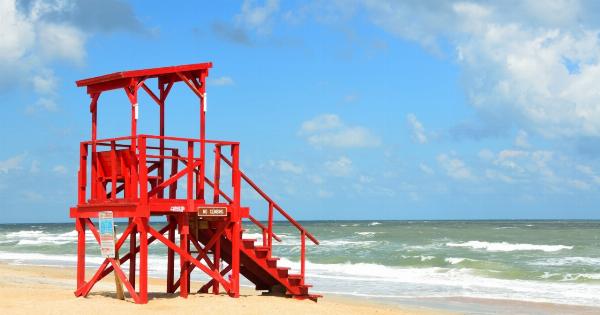There’s nothing quite like sipping on a glass of your favorite wine after a long day. But what happens when that wine you’ve been saving just doesn’t taste quite right? You may be wondering if it’s spoiled or gone bad.
The truth is, wine doesn’t necessarily spoil, but it can become oxidized or otherwise altered over time. In this article, we’ll explore how you can tell if your wine has spoiled, and what to do with it if it has.
What Causes Wine to Spoil?
Like any food or beverage, wine can spoil over time. Some of the most common causes of wine spoilage include:.
- Oxidation
- Microbial contamination
- Heat exposure
- Direct sunlight
- Age
Oxidation is perhaps the most common cause of wine spoilage. When wine is exposed to air, it can become “oxidized,” meaning that it reacts with oxygen and loses some of its flavor and aroma.
Oxidized wine can smell and taste unpleasant, with notes of vinegar or caramel.
Microbial contamination, such as from bacteria or yeast, can also spoil wine. This can lead to a wide range of off-flavors and aromas, including funky, musty, or even rotten smells and tastes.
Heat and direct sunlight can also damage wine, causing it to age too quickly and lose some of its flavor. Finally, age itself can be a factor in wine spoilage, as certain wines are meant to be drunk within a certain period of time after bottling.
How to Tell if Your Wine Has Spoiled
So, how do you know if your wine has gone bad? Unfortunately, there’s no surefire way to tell if a wine has spoiled without opening and tasting it. However, there are a few signs to look for that may indicate a problem:.
Smell
The first sign that your wine may have gone bad is an off smell. This could be anything from a vinegar-like aroma to a musty or moldy smell. If your wine has a strong and unpleasant odor, it’s likely that it’s been spoiled in some way.
Taste
Of course, the most obvious way to tell if a wine has spoiled is to taste it. If the wine tastes off in any way – perhaps with a sharp, bitter, or sour flavor – it may have spoiled.
Similarly, if the wine is flat or has lost its usual flavor and complexity, it may have been damaged in some way.
Appearance
Finally, you can tell a lot about a wine’s quality by its appearance. If the wine looks cloudy, hazy, or discolored, this could be a sign that something is wrong.
This could be due to microbial contamination, oxidation, or other factors that have caused the wine to change in some way.
What to Do if Your Wine Has Spoiled
If you suspect that your wine has spoiled, the best thing to do is to pour it out and move on. It’s not worth risking your health or your taste buds by drinking wine that may have been contaminated or spoiled in some way.
However, before you throw the bottle away, it’s worth considering if there may be other uses for the wine. For example, cooking with wine can add depth and flavor to a wide range of dishes, and even spoiled wine may be useful for this purpose.
Similarly, if you have a garden, you can also consider using the wine as fertilizer. The acidity and nutrients in the wine can be beneficial for some plants, and can even help to repel certain insects.
Preventing Wine Spoilage
The best way to avoid wine spoilage is to store your wine properly. This means keeping it in a cool, dark place away from direct sunlight and heat sources, such as a stove or oven.
If you’re storing wine for a long period of time, consider using a wine fridge or cellar to keep the temperature consistent and prevent oxidization.
Additionally, it’s important to handle wine carefully when opening and pouring it. If you suspect that a wine may be spoiled, avoid drinking it and try to dispose of it in a responsible way.
Conclusion
Wine can be a complex and delicate beverage, and it’s not always easy to tell if a bottle has gone bad. However, with a few simple tips and tricks, you can keep your wine in top condition and enjoy it to the fullest.
And if you do suspect that your wine may have spoiled, don’t be afraid to try to repurpose it in creative ways – it may just surprise you!.



